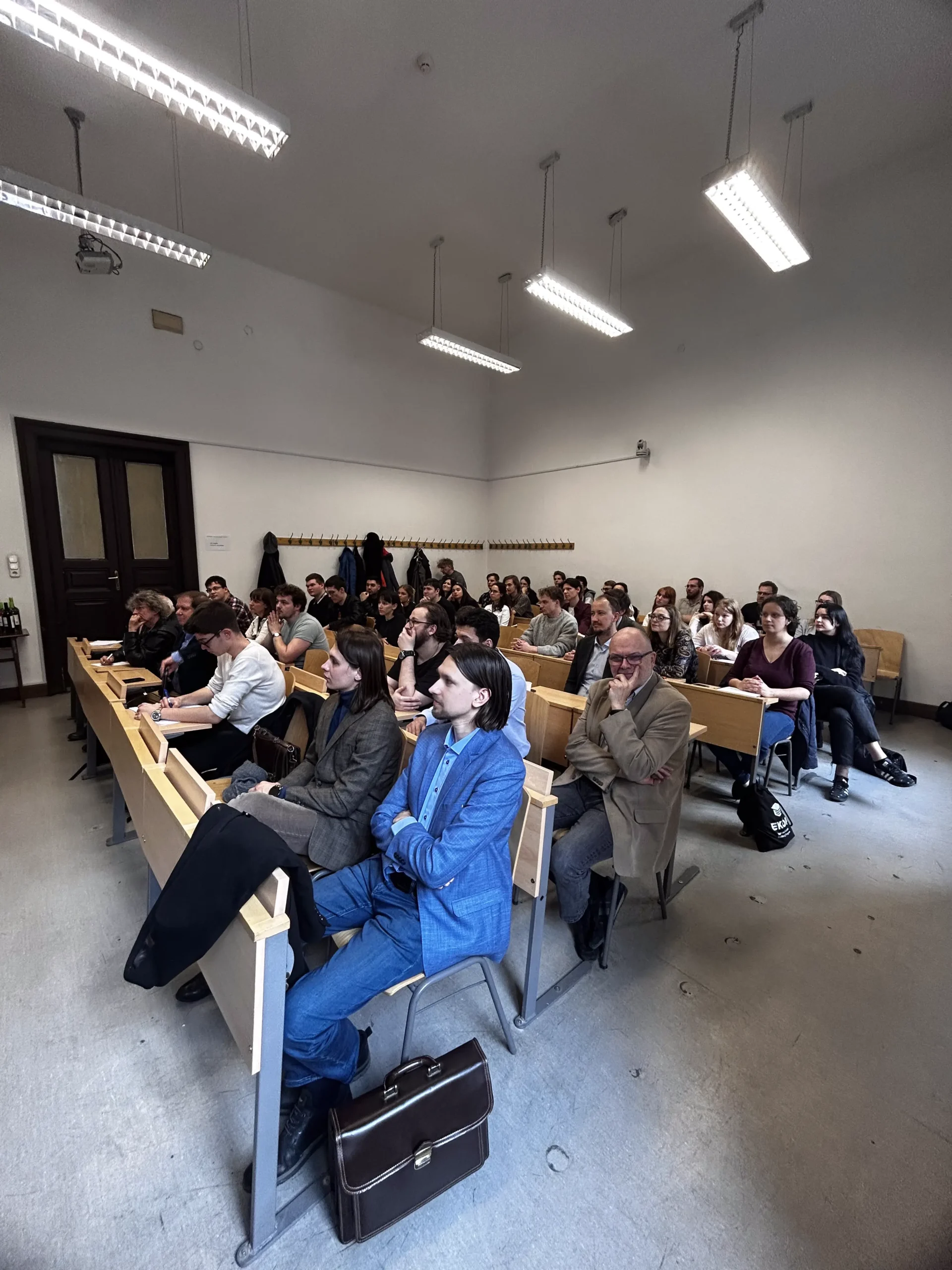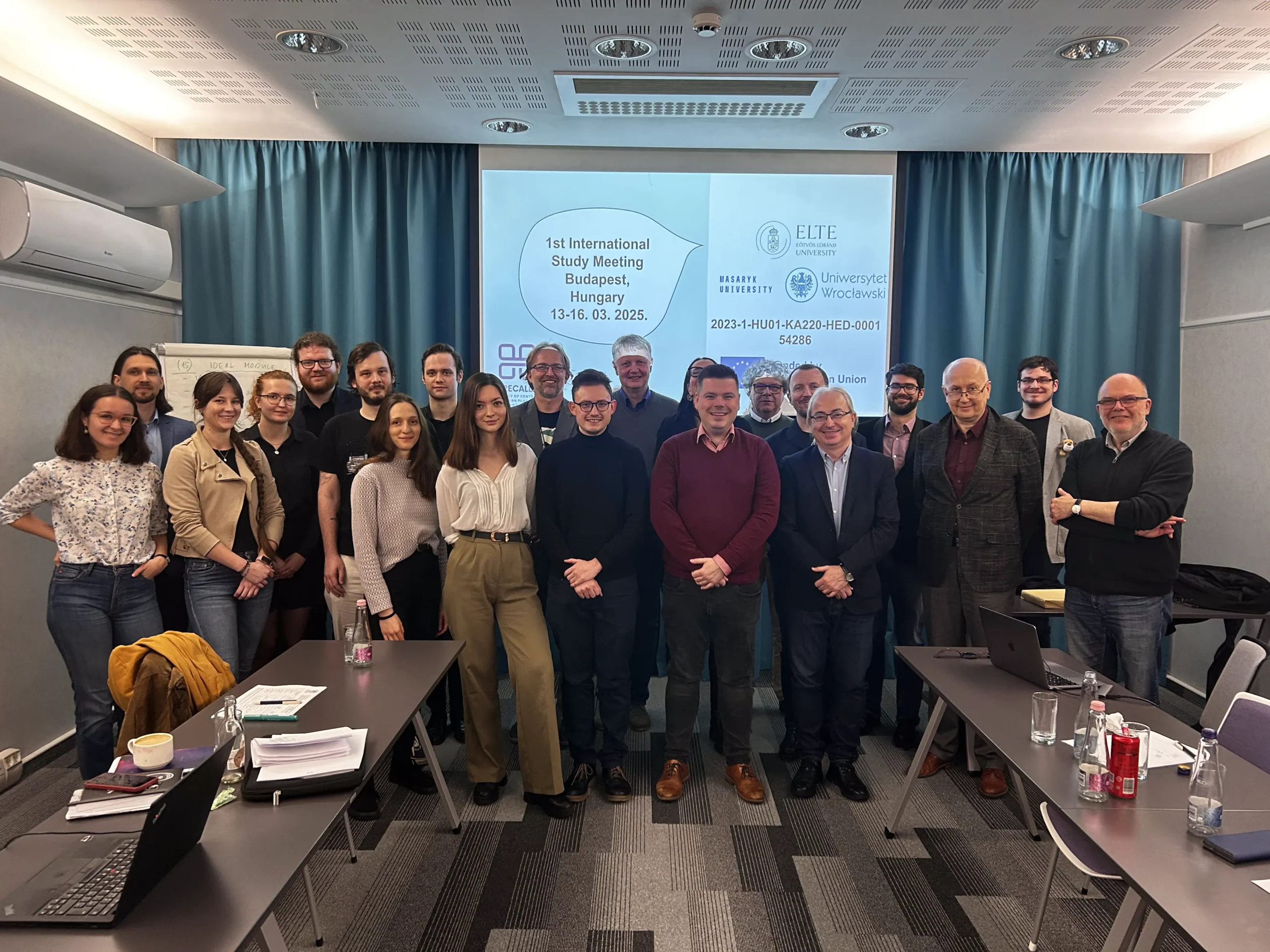Joining to the Schengen Area – Esztergom, Maria Valeria Bridge
Fact of the Hungarian figure „Joining the Alliances”
Part of the „Back to Europe together” topic
The Maria Valeria Bridge, connecting Esztergom in Hungary with Štúrovo in Slovakia, stands as a powerful symbol of Hungary’s integration into the Schengen Area and the broader European community. Originally built in 1895, the bridge was destroyed twice during the 20th century, first during World War I and later during World War II. For decades, the bridge remained in ruins, a stark reminder of the physical and political divides that characterized Central Europe during the Cold War. Its eventual restoration in 2001, as part of Hungary’s efforts toward European integration, marked a significant step in reconnecting Hungary with its neighbors and preparing for its inclusion in the Schengen Area.
Hungary joined the Schengen Area in 2007, a milestone that allowed for the removal of border controls with other Schengen members, facilitating the free movement of people and goods. The Maria Valeria Bridge, once a barrier, became a gateway for cross-border cooperation and commerce. Its restoration was a joint effort between Hungary and Slovakia, underscoring the importance of regional cooperation in post-communist Central Europe. The bridge’s reopening symbolized not only the physical rebuilding of infrastructure but also the reestablishment of historical ties between Hungary and Slovakia, as well as their mutual commitment to European integration.
In the broader context of Central Europe, the Maria Valeria Bridge represents the region’s transformation from division to unity. During the Cold War, borders like the one separating Hungary and Slovakia were heavily fortified, and crossing them was difficult, if not impossible. The reopening of the bridge after decades of disrepair reflects the political changes that swept across the region after 1989, culminating in the fall of communism and the dismantling of barriers that had separated countries and people for decades.
Joining the Schengen Area was a critical part of Hungary’s path to deeper integration with Western Europe. The agreement allowed for more than just the free movement of people; it fostered stronger economic ties, cultural exchanges, and political cooperation between Hungary and its European neighbors. The Maria Valeria Bridge serves as a tangible reminder of these developments, as well as Hungary’s broader role in shaping a unified and open Europe.





